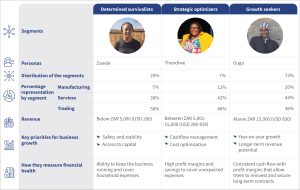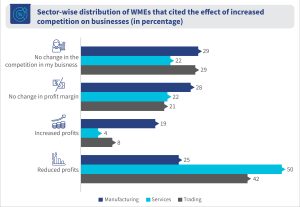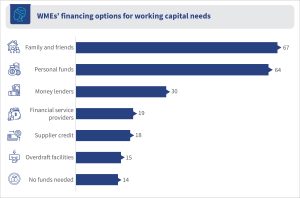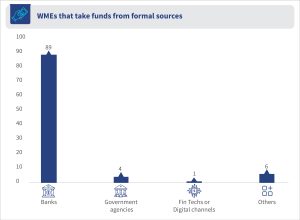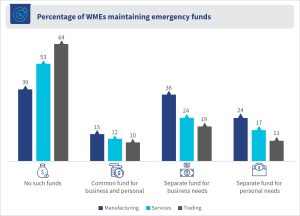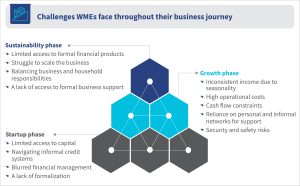Digital platforms can offer a transformative solution to the credit crisis Bangladeshi microenterprises face by leveraging data to offer tailored financial products
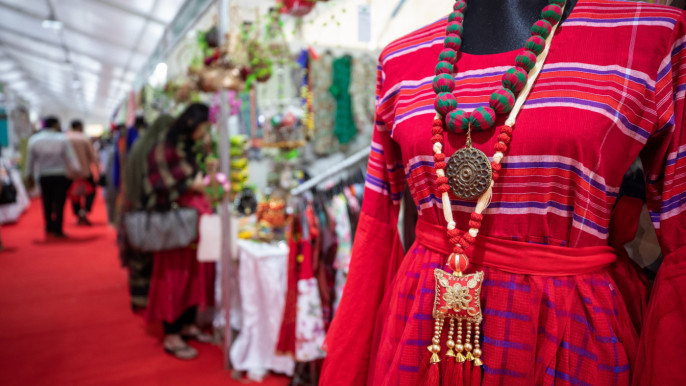
Microenterprises lack access to formal credit due to a lack of collateral, limited financial history, and high transaction costs. Photo: TBS
Microenterprises play a crucial role in driving Bangladesh’s economy. They comprise 90% of the country’s business and contribute 27% to the GDP. However, they struggle to access formal credit due to a lack of collateral, limited financial history, and high transaction costs. This forces many to rely on informal lenders who offer unfavourable terms.
Amid these challenges, digital platforms have emerged as a scalable solution to improve business operations and facilitate access to credit. Studies show that digital platforms can reduce operational costs and increase monthly incomes—from $592 to $993. Yet, the vast potential of digital platforms lies untapped, unlocking which can transform access to credit for microenterprises.
Traditional credit assessment methods often exclude microenterprises that lack bank statements or formal records. However, digital platforms generate vast amounts of transactional and behavioural data, which range from sales volume and payment history to inventory turnover and customer engagement.
Financial institutions can use this data to build more accurate credit profiles of microenterprises, assess their creditworthiness without traditional credit histories, and create tailored loan products.
For instance, in Indonesia, Finfra and Xendit have developed a new system of API-enabled bank accounts that open accounts on the borrowing party’s behalf. Through these Finfra- and Xendit-built accounts, users can avail themselves of short-term loans that provide the necessary capital, offer repayment flexibility suited to their needs and enable business growth.
Countries like India, Kenya and Nigeria have also shown how digital platforms can reshape the financial landscape for microentrepreneurs through partnerships with financial institutions.
Bangladesh can follow suit—only if it enables partnerships between financial institutions and digital platforms to provide flexible, data-driven credit solutions that empower microenterprises to grow and achieve long-term sustainability. Such partnerships must be supplemented with policies that enable seamless partnerships. Policies should support co-branded loan products, such as BRAC’s e-loan with ShopUp, by promoting the use of e-KYC for identification and collateral-free loan models.
One significant policy shift that can enhance credit access is the introduction of a Digital Business Identity Number (DBID) for microenterprises that operate entirely online. A DBID can formalise digital microenterprises, which would allow them to build a recognised financial footprint. This unique identifier can enable financial institutions to assess the creditworthiness of microenterprises based on their digital sales records, transaction history and customer engagement.
Beyond DBIDs, policy reforms should strengthen trade license policies to facilitate microenterprise formalisation. A centralised digital system for trade licenses, with online applications and local government-led verification, can streamline registration and ensure wider financial recognition.
Additionally, policies must support the integration of digital platforms with financial institutions so they can use the platforms for credit access. By enabling structured collaborations, digital platforms can provide microenterprises with tailored financial solutions, such as BNPL options and sector-specific loan products for different businesses.
As policies evolve to support digital platforms, credit products tailored to specific business cycles can maximise the growth and profitability of microenterprises. For instance, in the retail and social selling sectors, businesses peak during Eid and Durga Puja, which creates a short-term need for capital.
Similarly, in transport and logistics, the demand for trucks peaks from March to June due to increased imports and again from September to November, driven by export demand. Hence, financial institutions must recognise these patterns through the data-driven capability of digital platforms and provide working capital at the right time to help microenterprises scale effectively.
Digital lending has immense potential. Yet it becomes effective only if its implementation is safe and responsible. The Bangladesh Bank should develop clear regulatory guidelines to ensure that microentrepreneurs benefit from safe and effective lending.
These guidelines should help integrate digital platforms and financial institutions seamlessly while mitigating associated risks. The guidelines should also address data privacy, cybersecurity and risk management concerns and strengthen frameworks that protect customer information to encourage trust and enhance the adoption of digital lending solutions.
Today, Bangladesh stands at an inflection point where it can revolutionise financial inclusion for its microenterprises. The country must seize this opportunity to unlock the full potential of digital platforms.
The right mix of policies, technology and collaboration can enable small businesses to thrive, create jobs, and contribute to the nation’s economic progress. The Bangladesh Bank’s leadership will be crucial to drive this initiative forward. The ultimate goal should be to make access to credit a right for all—rather than a privilege for a select few.
The op-ed was first published on The Business Standard on 13th March, 2025






